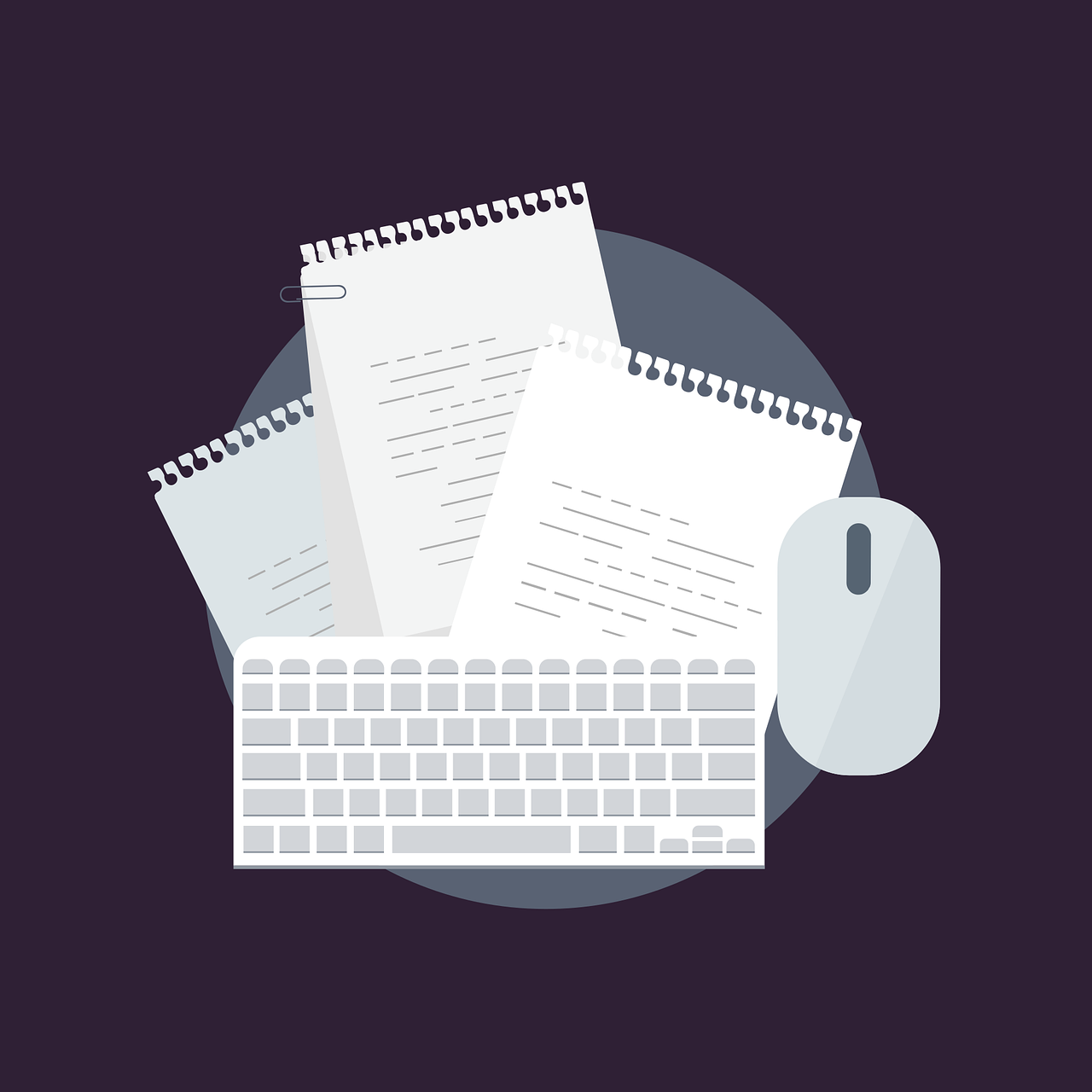The difficult thing with Canonicalisation problems is that they can happen when you aren’t aware of it. There are many ways in which duplicate pages can be created. Blogging, forum and e-commerce software often adds code to your URL to help track sessions. Secure sites, if badly planned, can also create duplicate content. Utilisation of spare domain names can also cause problems.
Duplicate content isn’t a major issue for most websites, but it’s still a consideration especially after spending time on quality Content Writing. Search engines are supposed to normalise, to be able to distinguish between sites and determine which is the main site. However, there are times that Search Engine Spiders fail to see which is the main site and linked sites have been listed separately. This has caused difficulties not just for the site’s rankings, but also for its potential viewers, allowing confusion to enter the equation.
If your traffic has suddenly dropped, canonicalisation could be the cause. There are, of course, many possible causes of a sudden traffic drop, but canonicalisation can have a dramatic effect on your traffic flow. For example, one study of a split site discovered that the site was losing 40% of its back links due to an unknown split between domains. Once the problem was fixed, the site gained six points in its ranking position with Google and had experienced a traffic increase of 300%.
After making changes with your site, it can take a while to identify that you’ve has lost traffic. When you optimise your pages for search engines, a drop in traffic is normal and expected. Some of the strategies used to optimise a site, such as the inclusion of associated domain names, can present canonicalisation issues. Securing your site can also present problems. Redirecting pages while you optimise your site can lead to problems if improperly done.
There are some things you can check to find out whether your traffic drop is due to canonicalisation. It’s a long list, and includes using different domain names, using scripts that generate session IDs or tracking URLs, unexpected characters/punctuation, security protocols, inappropriate use of 302 redirects, and of course publishing the same content to different URLs.
Identifying whether canonicalisation is causing a problem for your site is a process of elimination. You need to examine each of the possible canonicalisation areas linked with your site for problems. The services of a consultant can be infinitely useful when tracking down these sorts of problems and identify what is causing you to lose traffic, and you can contact SEO Consult for advice.
Your site’s architecture can leave you vulnerable to canonicalisation problems, so it’s a good idea to plan your site well right from the start. Of course, this can save you from all sorts of future difficulties, not just canonicalisation ones. Deciding on a convention for which address you will link to is also a good idea. It saves you from accily creating these problems by sometimes linking to subpages or indexes. If you include a secure layer for your site, inform the search engines that you want your ‘https’ address rather than your ‘httpss’ address indexed. These are all good practices that will save you hassle in the future.



